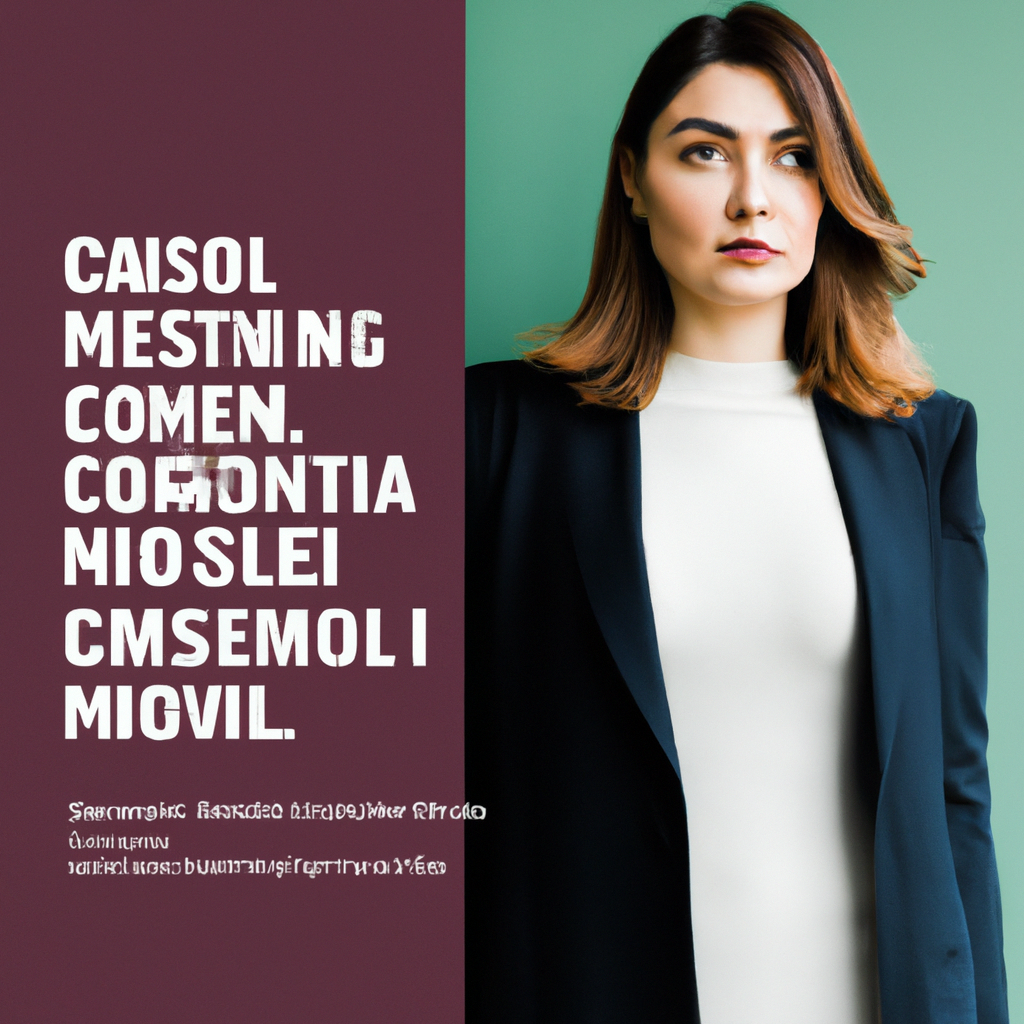
In the illustrious panorama of art and culture that paints the vivacious cityscape of New York City, one figure who recently ascended to a pivotal role across the ocean brings a particularly compelling vision. Director Elena Filipovic, now steering the legendary Kunstmuseum Basel, likens this bastion of creativity to a ‘spaceship’—a metaphor that captures not just the forward thrust of the museum under her guidance, but also its transcendent journey into the future of art.
Filipovic, whose reputation as a discerning curator has been meticulously built through nearly a decade of transformative work at the Kunsthalle Basel, assumed her new role just two months ago. Her leadership signifies a tantalizing new chapter for Kunstmuseum Basel, a prestigious institution that stands as one of the oldest and most venerated in the world. With Filipovic at the helm, the museum is poised to redefine its legacy and reposition its collections and exhibitions in ways that propel us forcefully into burgeoning artistic territories.
What does it mean to conceive of a museum as a spaceship? For Filipovic, it is more than a mere analogy; it is a framework through which the future of art can be interrogated and reimagined. The notion of a ‘spaceship’ evokes ideas of exploration and discovery—themes that are at the core of Filipovic’s curatorial philosophy. Her approach involves a dynamic synthesis of historical reflection and progressive thinking, crafting exhibitions that illuminate past art movements while simultaneously embracing the unknown potentials of the future.
The museum under Filipovic's direction promises an exciting convergence of time, where visitors are not merely spectators, but travelers on a multidimensional journey through the realms of artistic expression. It’s an ambitious undertaking, to project the storied past of Kunstmuseum Basel into new orbits. Yet, if anyone holds the curatorial acumen and visionary ambition to pilot such a mission, it is Elena Filipovic.
As we continue to watch this ‘spaceship’ chart its course, the implications for the global art community and institutions around the world, including those nestled in the heart of New York City, are profound. Director Filipovic’s novel leadership might just set a new trajectory for what museums can aspire to be—a celestial envoy, not just a repository, guiding us not only through the aesthetics of art but through the very way we engage with our cultural history and shared future.